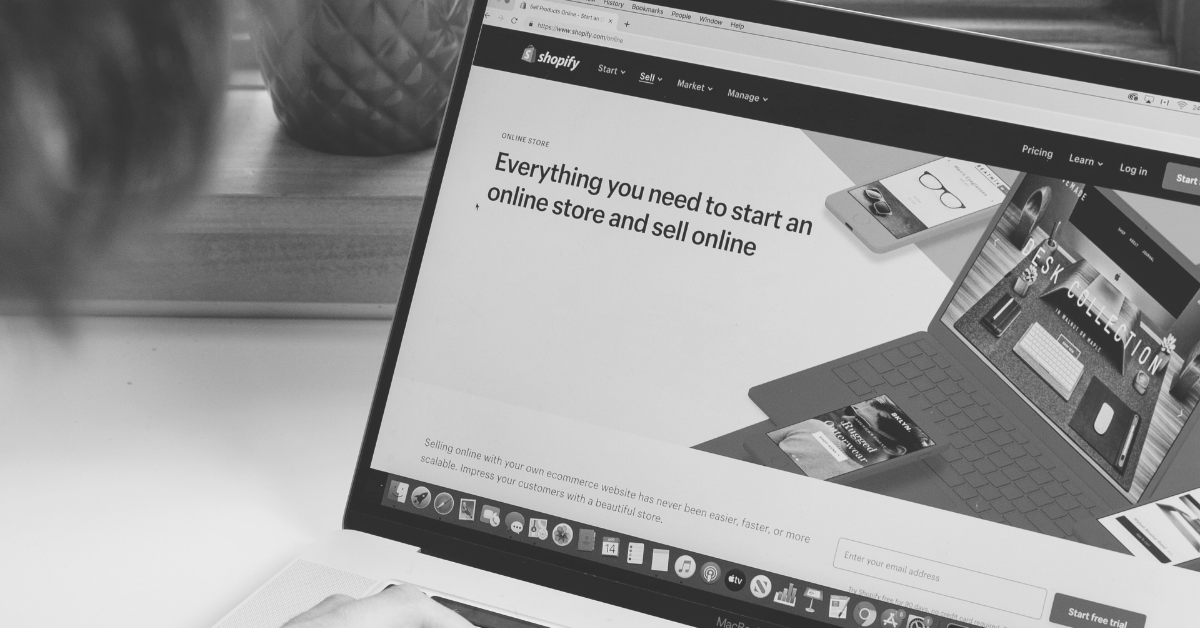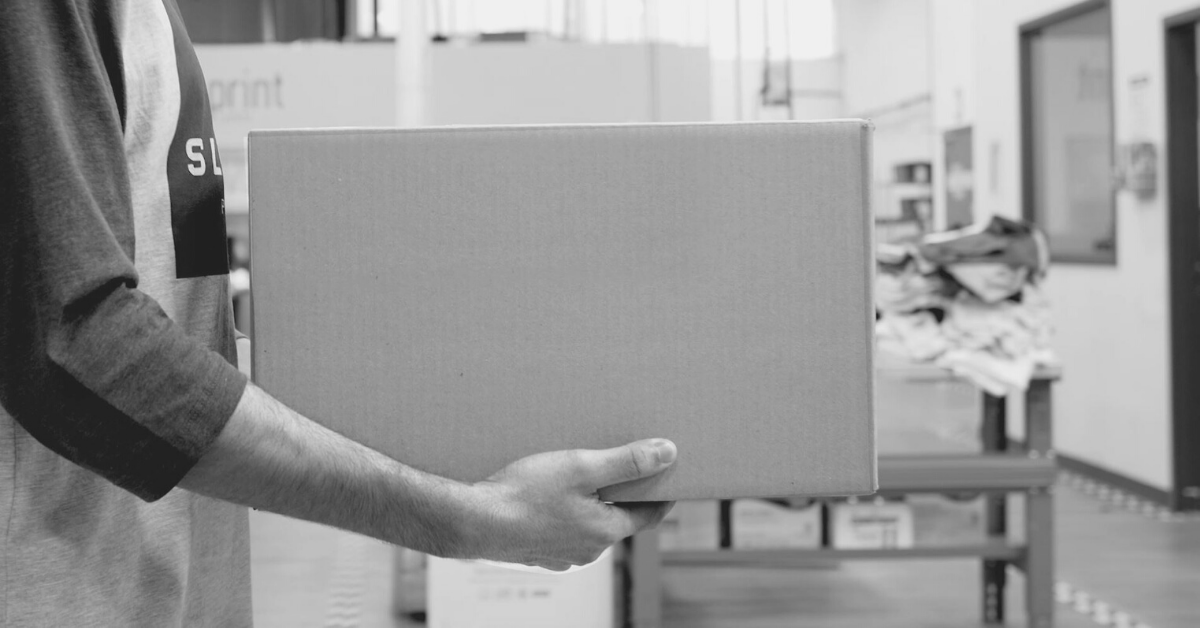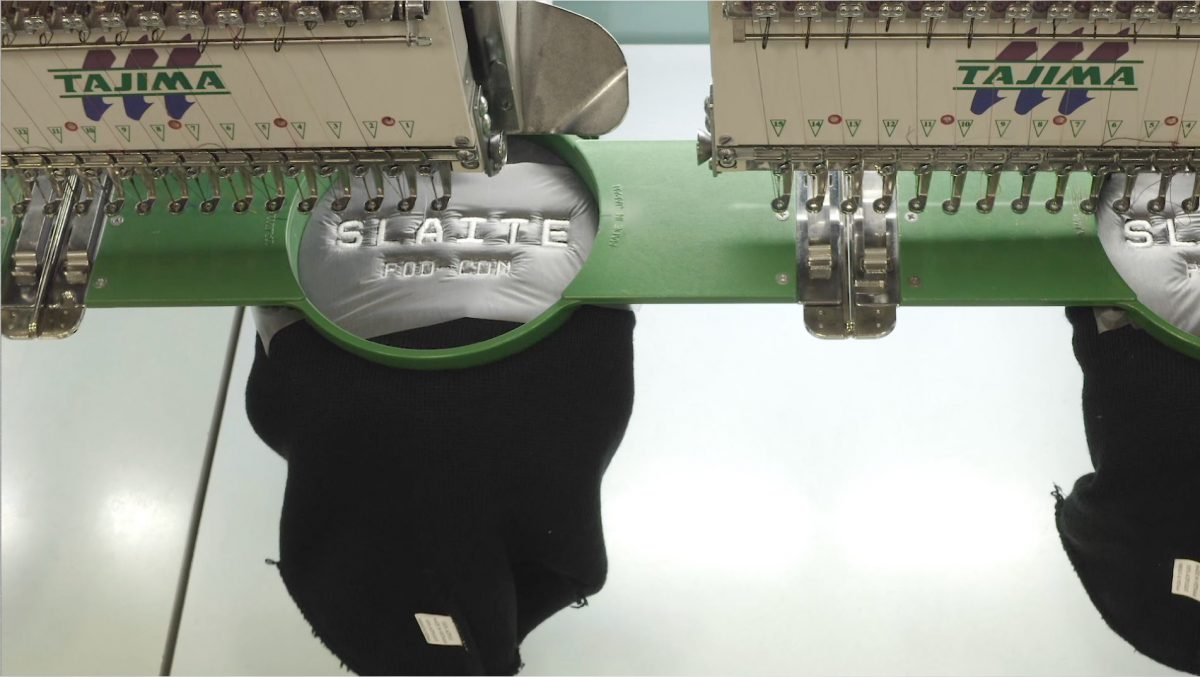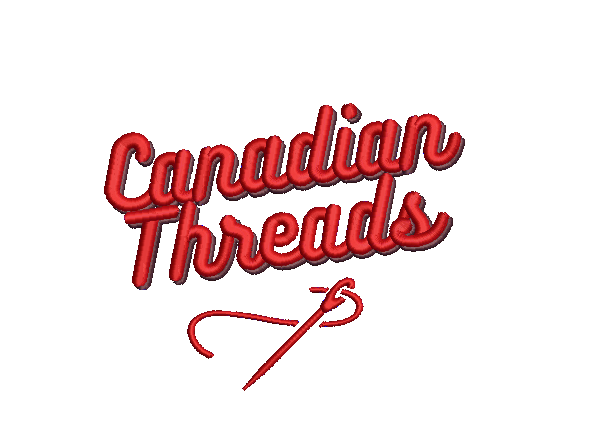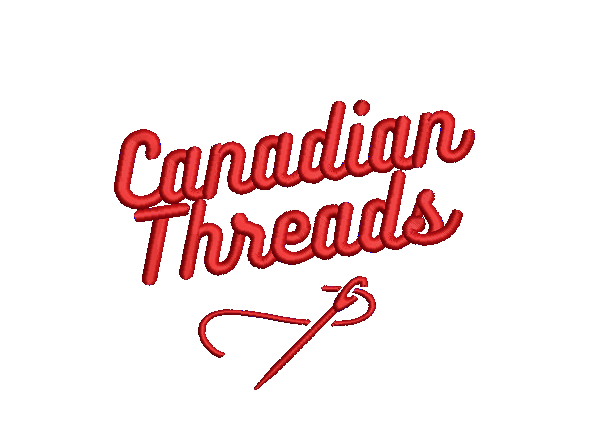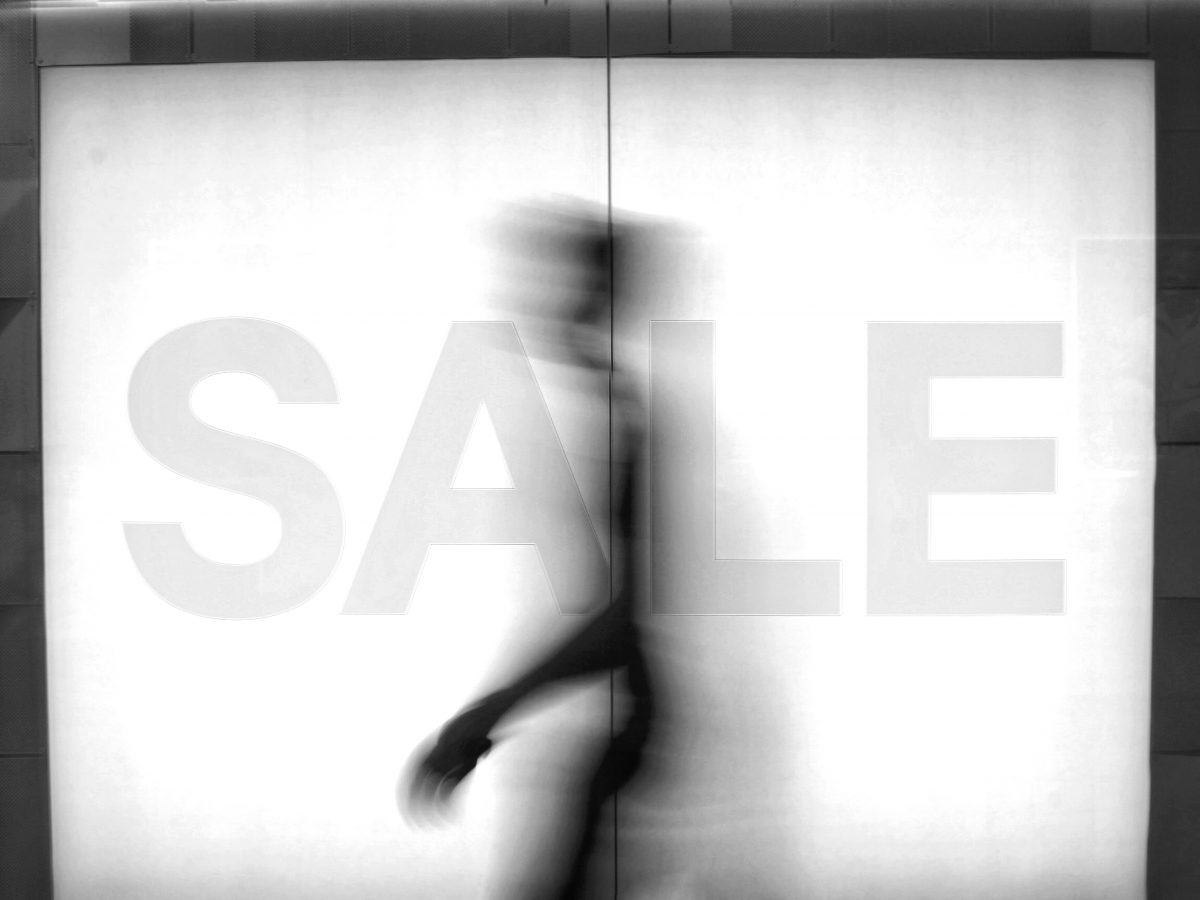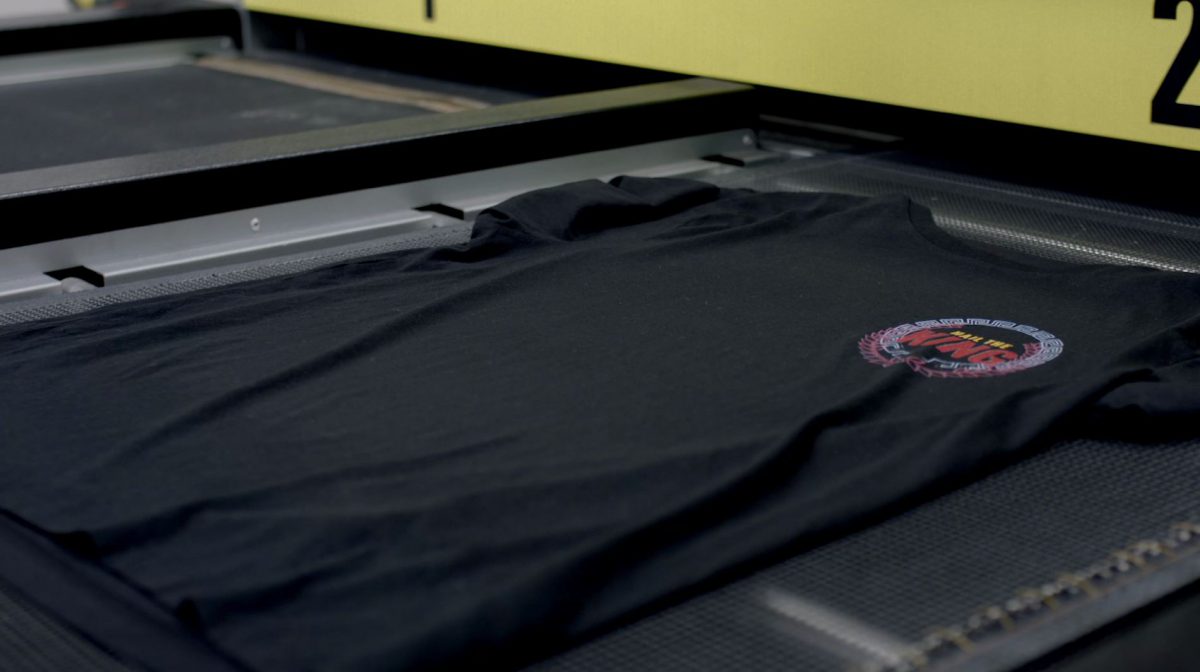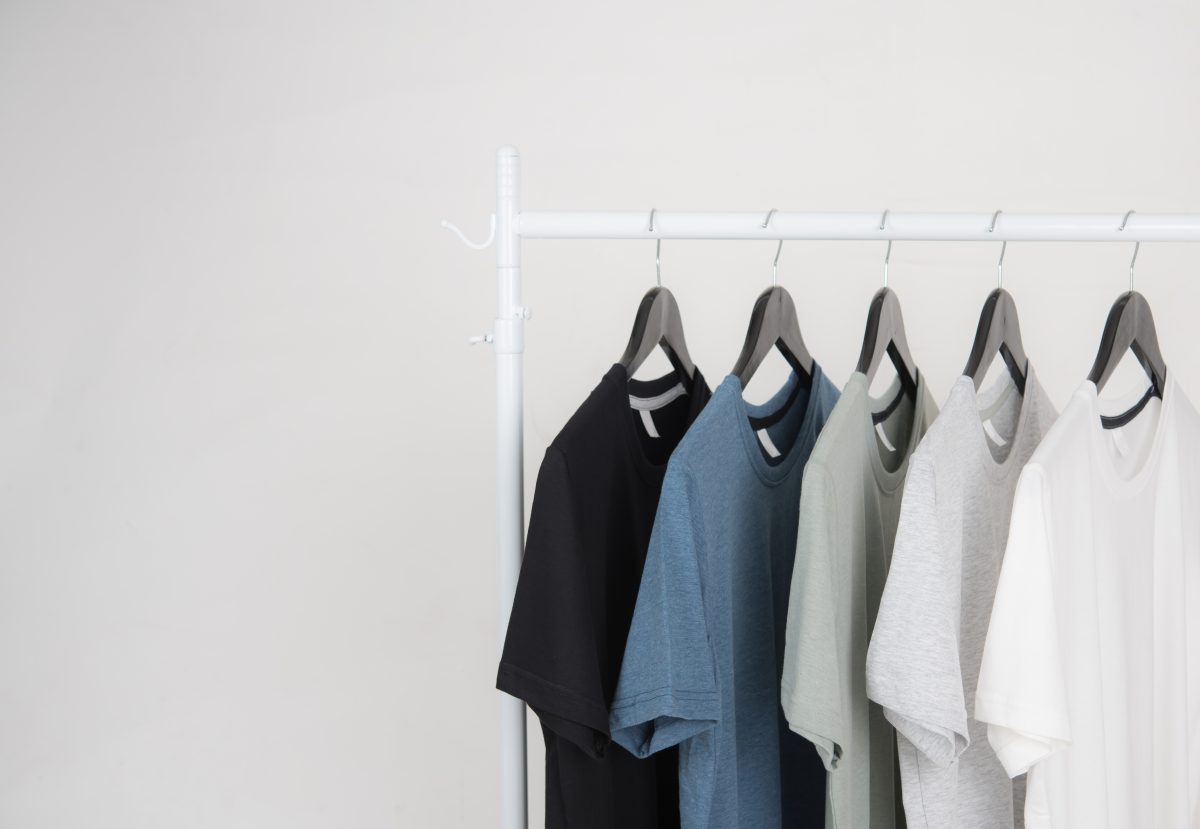Black Friday and Cyber Monday (BFCM) are on the horizon. You may already be activating your sales campaigns for this annual sales event. You probably have plans to increase your brand’s awareness, sales and engagement with your audience during this annual moment in retail sales.
But, have you thought about how to measure your success and use these findings to help you in future campaigns or even next BFCM? If not, no worries – we got you. Even if you have a plan, take a look at our suggestions for additional inspiration!
First, the disclaimer: measuring something is always better than measuring nothing. Data analysis can be overwhelming for some but starting small and tracking one metric is better than tracking nothing.
These example metrics may not be in line with your brand goals or maybe they’re outside your wheelhouse to measure – that’s okay! The guiding principles we want to share is to write down what you’re doing for BFCM, identify the overall objectives and the specific goals for each initiative, capture the data and analyze it to help you grow your business. Let’s get into some of our top measuring tips.
Write it down
Before you measure, you must know what business and marketing tactics you’re measuring. Maybe you’ve added additional social posts driving to your sales items on top of your regularly scheduled programming. Or maybe you’re pivoting your regular content to drive awareness and conversion for your BFCM schedule. And maybe your business is so new that this is your first sales campaign (yay!). Whatever the case, write down what you’re doing to make comparisons in the future.
Here’s an example list of business and marketing initiatives:
- Regular non-BFCM social posts
- Extra BFCM social posts
- Regular non-BFCM ads (and retargeting!)
- BFCM ads (and retargeting!)
- BFCM discounts
- Regular non-BFCM discounts
- Regular loyalty discounts
- BFCM website promotional banner
- Best-selling product sales pre-BFCM
- Best-selling product for BFCM sales
- Website traffic pre-BFCM
- Website traffic during BFCM
- Repeat customer discounts
- Best-selling collection BFCM sale
- Black Friday special reminders
Define your objective
Now that you’ve outlined what you’re going to do, what is your ideal outcome? During BFCM, you likely want increased revenue and conversions but by how much? Your objectives must be time-restricted, specific, measurable, attainable and relative to your store. All your business and marketing initiatives should scale up to your overall business objective.
Make sure your objectives are appropriate for your store. If you are beginning your online business journey, don’t place all your measuring efforts on sales alone. Measuring other performance data such as website traffic and customer drop off points during the sale journey are extremely valuable to increase your store’s long-term profitability.
Identify what you can measure and make goals
After identifying your objectives and initiatives, it’s time to figure out what you can measure. This is where things can get overwhelming – especially if data looks like quantum physics! If you’re new to sales or even to e-commerce software, start where you’re comfortable to keep your data measuring momentum.
- If you’re measuring the success of your Facebook or Instagram social posts, view the insights per post and per page on each platform. These snapshots will tell the story of how well each post performed and your page’s health during a specific period. Some helpful metrics include reach, impressions, engagement rate and clicks.
- If you’re measuring your online store sales or other sales data, Shopify Analytics is a built-in reporting software providing valuable information about your store, your customers and your product performance. All Shopify plans have access to sales reporting but some have limitations so make sure to check what data is available to you based on your plan. Check out this Shopify Blog Post to learn more about how Shopify Analytics can work for you.
- If you’re more advanced and have set up Google Analytics to track your BFCM campaign success, make sure your goals are set up correctly to accurately capture user behaviour and overall data.
- If you’re using Shopify Marketing regularly or trying it out for BFCM, make sure your campaigns are set up properly to track your performance. If you’re interested in learning more about Facebook Ads through Shopify, check out this helpful blog and video tutorial.
Now you know where you’re getting the data from but what data is important to track? This goes back to your objectives, initiatives and setting your goals. The data you should track will reflect the goals you have set for your initiatives. Don’t place a lot of pressure on setting the “perfect” goal and simply set goals based on existing data or what makes sense for your stores. As you continue to measure your success, you’ll increase your goal setting skills.
Here is an example of how to link your business and marketing initiatives to specific and measurable goals:
Initiative: BFCM website promotional banner outlining the sales details runs from November 21 – 27, 2020.
Goal: Increase online store conversion rate by 3% from November 21 – 27, 2020 over the previous week.
Method of measure: Shopify Analytics reports on online store conversion rates and has time comparison features.
Conduct this exercise for each initiative to identify what you’re doing, what your goals are and how you’ll track the performance. It will provide you valuable information on how to improve the longevity of your online business.
Additional resources
If you haven’t already, check out these helpful Shopify articles to prepare you for BFCM:
The 27-Point Checklist to Prepare Your Store for Black Friday Cyber Monday

